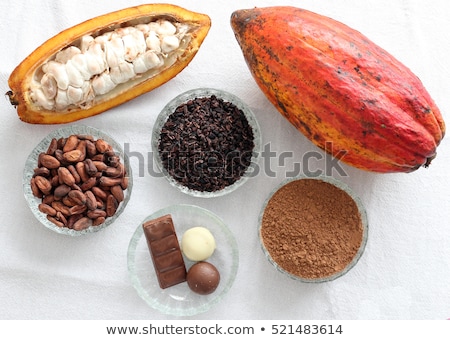
While trying to make my own chocolate at home, I wanted to buy some chocolate beans. To my surprise, I found out that there aren’t many places that sell chocolate beans, be it online or actual stores. What I did find was several places selling cacao nibs! It was then that I started to wonder about the difference between cacao beans and cacao nibs. Therefore, I did some research and here is what I found out:
Cacao beans is the actual bean inside of the cacao fruit (as you can see in the picture above), which should first be fermented and then roasted in order for us to obtain the cacao nibs. The nibs are inside the beans covered by a light shell which is peeled off to extract the nibs (as you can see in the pictures below). The nibs are then used to make cacao powder, cacao paste, and chocolate bars which we enjoy in different shapes and flavors.
After obtaining this information, another question raised itself, “what happens to the cacao shells, and how can i use them?”
Well, as it turns out, the shells are usually thrown away and very few people use it along with the nibs to make chocolate. But the most interesting thing I found about the shells was that recently the cacao industry started using them as fuel for their factories to save energy and decrease cost of production.
Other important found about the cacao shells is that it is used as a bio recyclable paper packaging after been processing. Ideal for bakery and confectionery creations, this packaging material sets the standard in gourmet and eco-efficient packaging.The same technology can also be applied to other botanicals, such as coffee, tea and coconut.
Additionally, the cacao shells can be process to obtain an extract rich in antioxidant that could be used as a potential ingredient in beverages and food. They are considered as a source of pectin which is not only used as a gelling agent in food but also by pharmaceutical and cosmetic industries. Finally, it is used as mulch in gardens to add nutrients to soil and suppress weeds.
I hope that with this small article now everyone who has had the same questions like me are clear about the difference and the use of the cacao beans, nibs and its shells.

